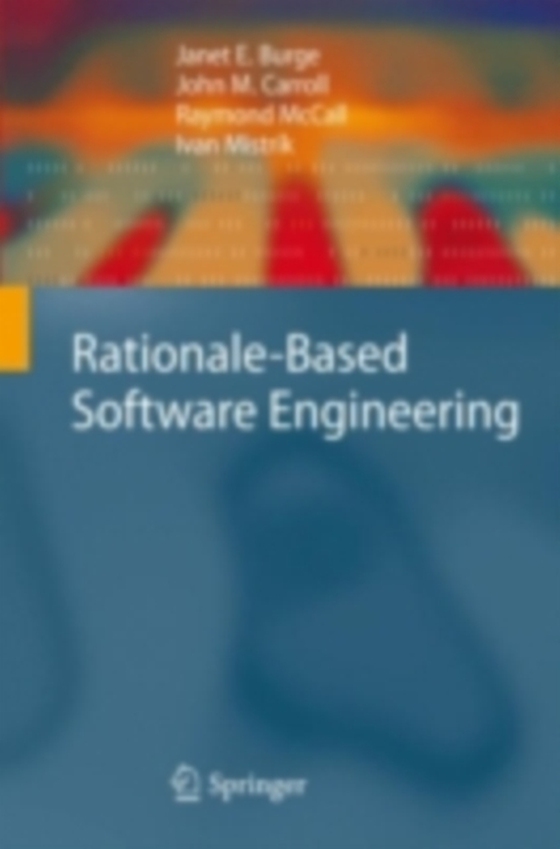
Rationale-Based Software Engineering e-bog
875,33 DKK
(inkl. moms 1094,16 DKK)
Many decisions are required throughout the software development process. These decisions, and to some extent the decision-making process itself, can best be documented as the rationale for the system, which will reveal not only what was done during development but the reasons behind the choices made and alternatives considered and rejected. This information becomes increasingly critical as soft...
E-bog
875,33 DKK
Forlag
Springer
Udgivet
13 april 2008
Genrer
KJQ
Sprog
English
Format
pdf
Beskyttelse
LCP
ISBN
9783540775836
Many decisions are required throughout the software development process. These decisions, and to some extent the decision-making process itself, can best be documented as the rationale for the system, which will reveal not only what was done during development but the reasons behind the choices made and alternatives considered and rejected. This information becomes increasingly critical as software development becomes more distributed and encompasses the corporate knowledge both used and refined during the development process. The capture of rationale helps to ensure that decisions are well thought out and justified and the use of rationale can help avoid the mistakes of the past during both the development of the current system and when software products (architecture and design, as well as code) are reused in future systems. Burge, Carroll, McCall, and Mistrk describe in detail the capture and use of design rationale in software engineering to improve the quality of software. Their book is the first comprehensive and unified treatment of rationale usage in software engineering. It provides a consistent conceptual framework and a unified terminology for comparing, contrasting and combining the myriad approaches to rationale in software engineering. It is both an excellent introductory text for those new to the field and a uniquely valuable reference for experienced rationale researchers. The book covers the use of rationale for decision making throughout the software lifecycle, starting from the first decisions in a project and continuing through requirements definition, design, implementation, testing, maintenance, redesign and reuse.
 Dansk
Dansk

